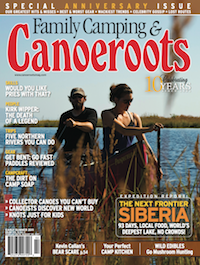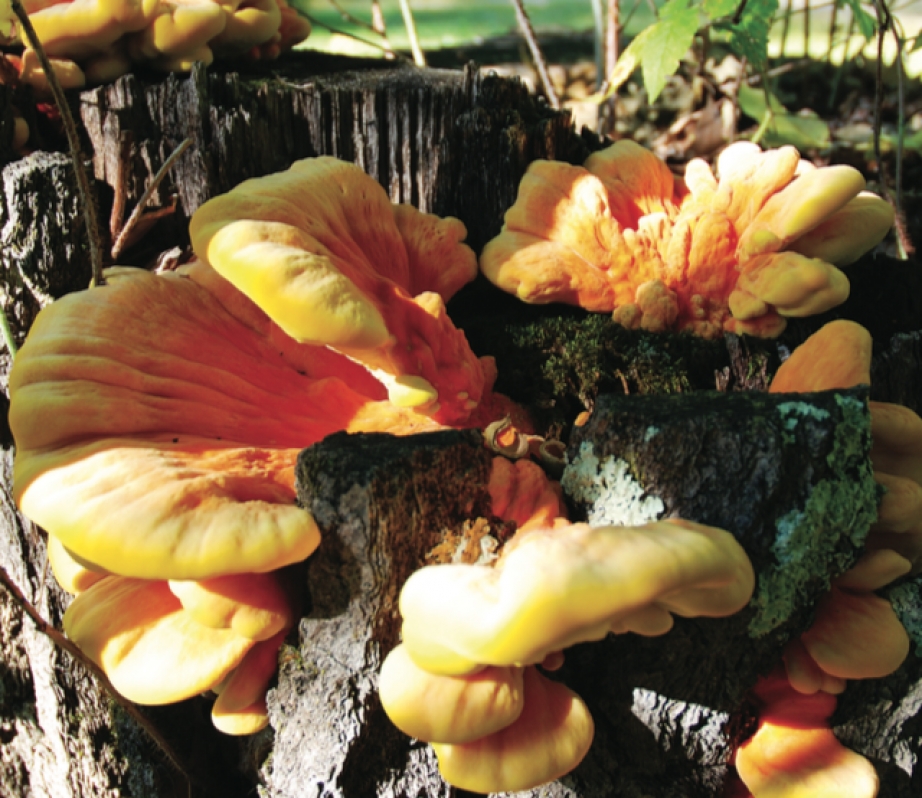Mushrooms are mysterious and magical, and when identified and prepared properly, wild varieties can be a delectable addition to any camp meal. Like any other activity in the backcountry, good judgment is your best tool when collecting wild edibles. Beginners should consult an expert or thorough guidebook and everyone should forage by the wisdom that if you’re not completely sure what it is, leave it in the wild.
Here’s a taste of three types of wild fungi to inspire your next trip meal.
Sulphur Shelf
Description: The sulphur shelf grows on deciduous trees in clumps of overlapping caps with no stems or gills. look for brilliant orange-red caps and pale sulfur-yellow undersides.
Where and When: You’ll find them from mid-summer through fall across North America. The sulphur shelf always grows in clusters on living trees or deadwood.
Cooking: It’s also known as the chicken mushroom because of its texture and taste. Cut off the outer edges of the caps and simmer them in stock for 45 minutes to bring out their meaty flavor.
Golden Chanterelles
Description: Look for trumpet-shaped caps with wavy edges. Their flesh is frim and white and they smell slightly fruity. Chanterelles’ gills are think, blunt-edged, fork towards the outside of the cap and run partway down the stem.
Where and When: This type grows on the ground and is not to be confused with look-a-likes that grow on wood. Find them in hardwood forests from Alaska to Florida, and everywhere in between, throughout the summer and into the fall.
Cooking: Because they’re tough, chanterelles require long, slow cooking. Best sautéed, cook them in butter until they’re tender and then season them with salt and pepper.
Common Morels
Description: Morels are easy to recognize and delicious to eat. their elongated caps are attached to the stem at the bottom and covered with distinctive brown pits and white ridges.
Where and When: Look for morels growing on the ground in moist areas and in streambeds across the continent. They pop up during the few weeks just after the first spring flowers bloom.
Cooking: Morels need to be cooked thoroughly to ensure edibility. They go well with butter and garlic so try them with a pasta dish or on garlic bread.
If it’s your first time eating a specific mushroom varietal, start with a very small amount—even types known to be safe can cause reactions in some people. Be sure only to pick where permitted. And remember, always do your research when hunting for wild edibles so you don’t confuse your choices with a poisonous species.

This article first appeared in the Early Summer 2011 issue of Canoeroots Magazine.



